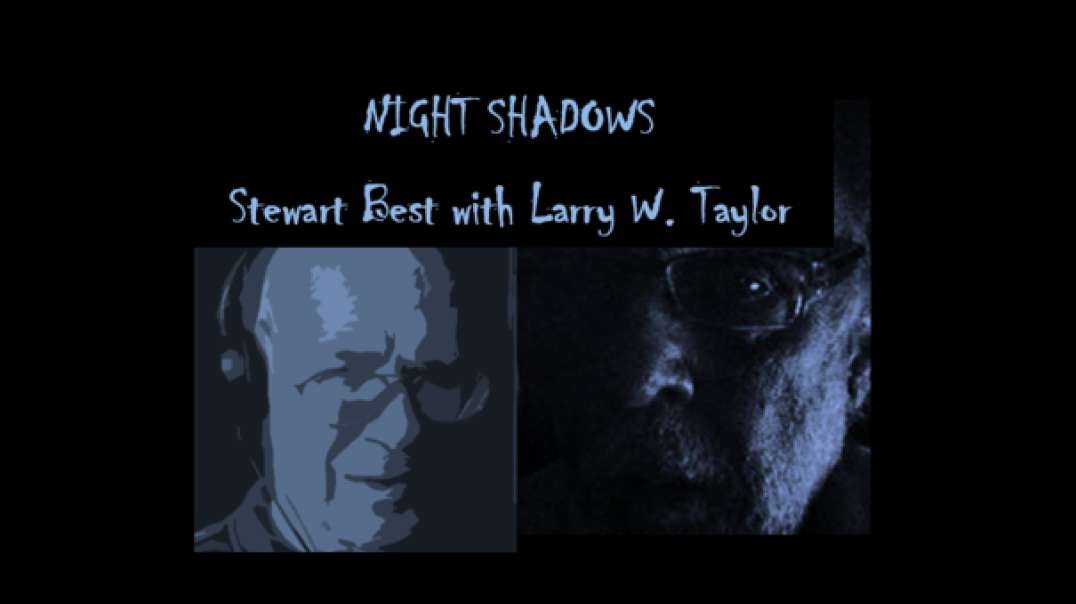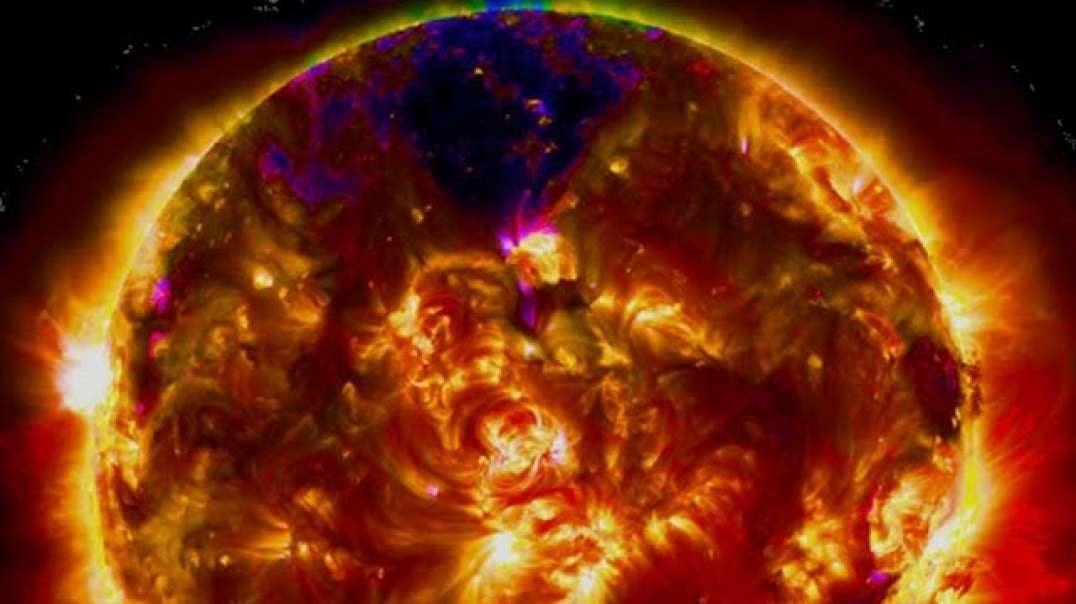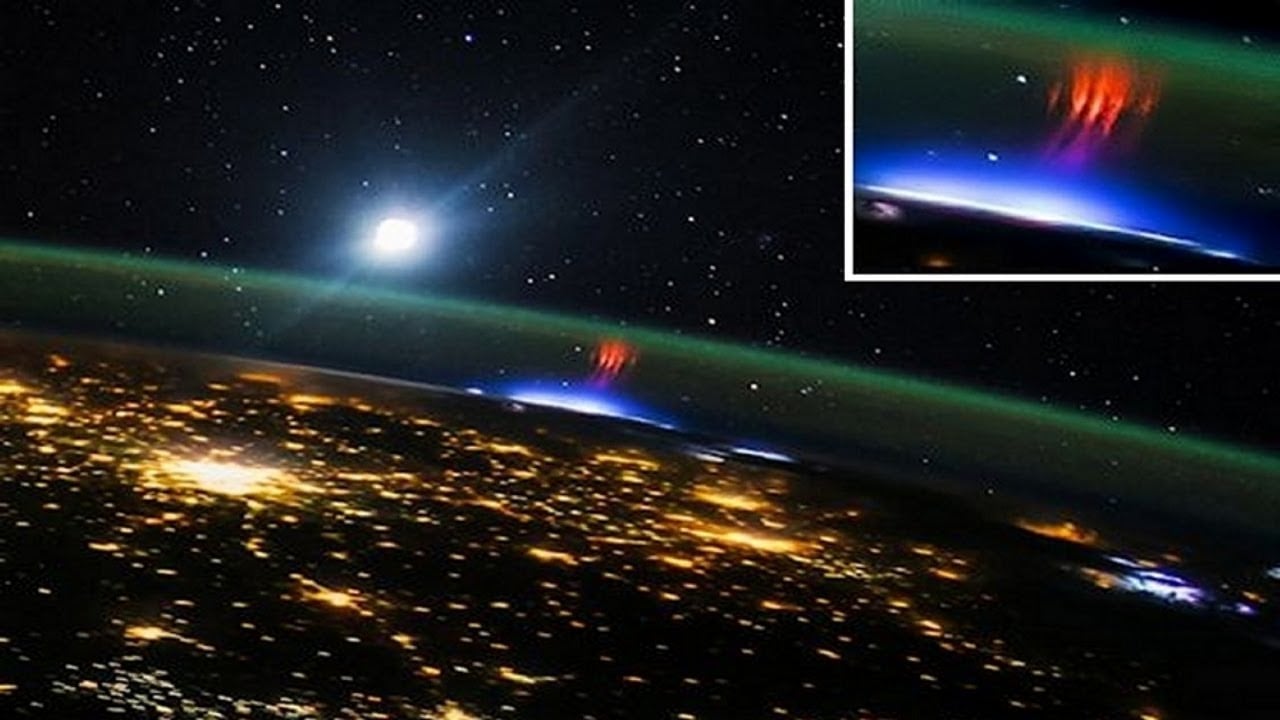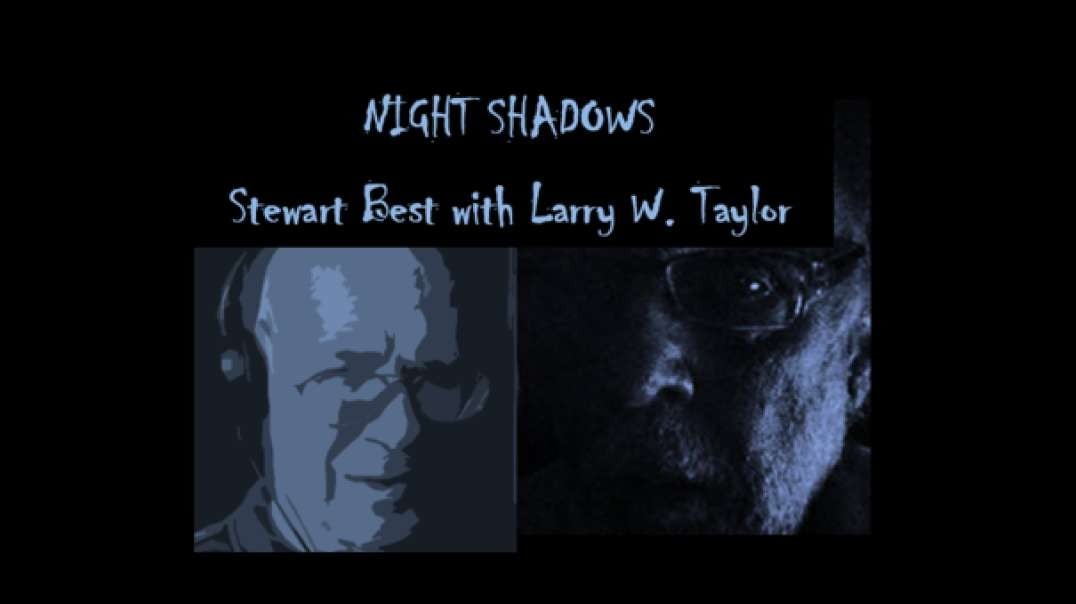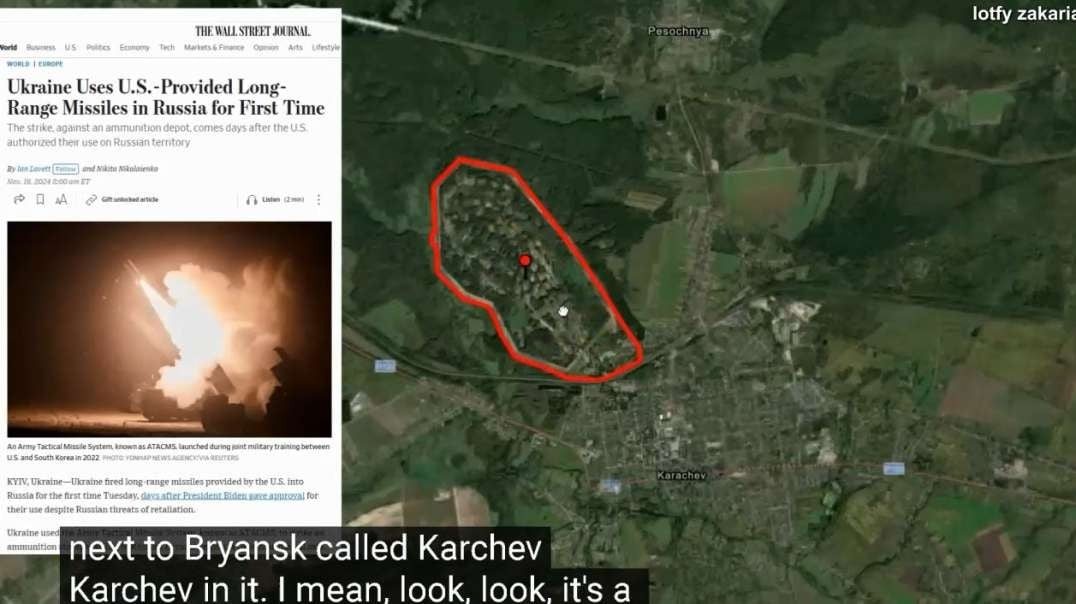Earth Nullschool 03-24-2021, The Analyst, analysis
Earth Nullschool is also found on Facebook.
https://earth.nullschool.net/
Send me crypto @TheAnalyst on my Coinbase Wallet. Get your own crypto wallet at wallet.coinbase.com
Chem - Atmospheric Chemistry Model
Ambient air pollution, including elevated concentrations of atmospheric particles (aerosols), is estimated to cause more than 3 million premature deaths worldwide per year, with almost 90% of these deaths occurring in developing countries. Atmospheric particles also play a significant role in changing the Earth’s climate by directly interacting with solar radiation and by changing clouds' properties. However, processes responsible for dictating their formation in the atmosphere and their climatic impacts are still poorly understood. In this group, we investigate major sources of uncertainties in aerosol processes by combining state-of-the-art models with ground-based and remote sensing observations.
https://acamg.nd.edu/
-----------
(Now, Let's look at Carbon Monoxide)
Carbon Monoxide Surface Concentration (COsc)
Carbon monoxide (CO) is a colorless, odorless, and tasteless flammable gas that is slightly less dense than air. It is toxic to animals that use hemoglobin as an oxygen carrier when encountered in concentrations above about 35 ppm causing carbon monoxide poisoning. Some carbon monoxide is also produced in normal animal metabolism in low quantities and is thought to have some normal biological functions. In the atmosphere, it is spatially variable and short-lived, having a role in the formation of ground-level ozone.
https://en.wikipedia.org/wiki/Carbon_monoxide
(Let's look at Carbon Dioxide)
Carbon Dioxide Surface Concentration (CO sc)
2
Carbon Dioxide is a one-carbon compound with the formula CO2 in which the carbon is attached to each oxygen atom by a double bond. A colorless, odorless gas under normal conditions, it is produced during respiration by all animals, fungi, and microorganisms that depend directly or indirectly on living or decaying plants for food.
https://pubchem.ncbi.nlm.nih.g....ov/compound/carbon-d
(Next, Let's look at Sulfur Dioxide)
Sulfur Dioxide Surface Mass (SO sm)
2
Sulfur dioxide or sulfur dioxide is the chemical compound with the formula SO ₂. It is a toxic gas responsible for the smell of burnt matches. It is released naturally by volcanic activity and is produced as a by-product of copper extraction and the burning of fossil fuels contaminated with sulfur compounds. Sulfur dioxide has a pungent smell like nitric acid.
https://webbook.nist.gov/cgi/c....book.cgi?ID=C7446095
(Next Let's look at Nitrogen Dioxide)
Nitrogen Dioxide (NO )
2
Nitrogen Dioxide (NO 2) is one of a group of highly reactive gases known as oxides of nitrogen or nitrogen oxides (NO x). Other nitrogen oxides include nitrous acid and nitric acid. NO 2 is used as the indicator for the larger group of nitrogen oxides. NO 2 primarily gets in the air from the burning of fuel.
https://www.epa.gov/no2-pollut....ion/basic-informatio
-------------------
what are Particulates:
particulate matter (also called particle pollution)
A mixture of solid particles and liquid droplets found in the air.
https://www.epa.gov/pm-polluti....on/particulate-matte
Dust Extinction (Aerosol Optical Thickness, 550 nm)
DUex: Dust Extinction the aerosol optical thickness (AOT) of light at 550 nm due to dust: SO 4 ex: Sulfate Extinction the aerosol optical thickness (AOT) of light at 550 nm due to sulfate: PM 1: Particulate Matter 1 µm mass of atmospheric particles with a diameter less than 1 micron PM 2.5: Particulate Matter 2.5 µm
https://earth.nullschool.net/about.html
(Next Let's look at Particulate Matter)
Particulate Matter (PM 1, 2.5, 10)
Size comparisons for PM particles PM stand for particulate matter (also called particle pollution): the term for a mixture of solid particles and liquid droplets found in the air. Some particles, such as dust, dirt, soot, or smoke, are large or dark enough to be seen with the naked eye.
https://www.epa.gov/pm-polluti....on/particulate-matte
(Next Let's look at Sulfate Extinction)
Sulfate Extinction (Aerosol Optical Thickness, 550 nm) (SO ex)
4
Over the contiguous United States, the strongest remotely sensed aerosol optical thickness (AOT) is observed in the east, where aerosol liquid water (ALW) and extinction per unit PM2.5 dry mass are highest. Positive associations between ALW due to sulfate and nitrate with remotely sensed AOT offer a contributing explanation for geospatial patterns in AOT seasonality.
https://pubs.acs.org/doi/10.10....21/acsearthspacechem
what are hectopascals:
1 millibar (or hectopascal/hPa), is equivalent to 0.02953 inches of mercury (Hg). It is therefore only necessary to multiply a reading in millibars by the latter figure, to achieve the required conversion. E.g. for 1023 mbar, multiply by 0.02953=30.21 inches.
https://en.mimi.hu/meteorology/hectopascal.html






